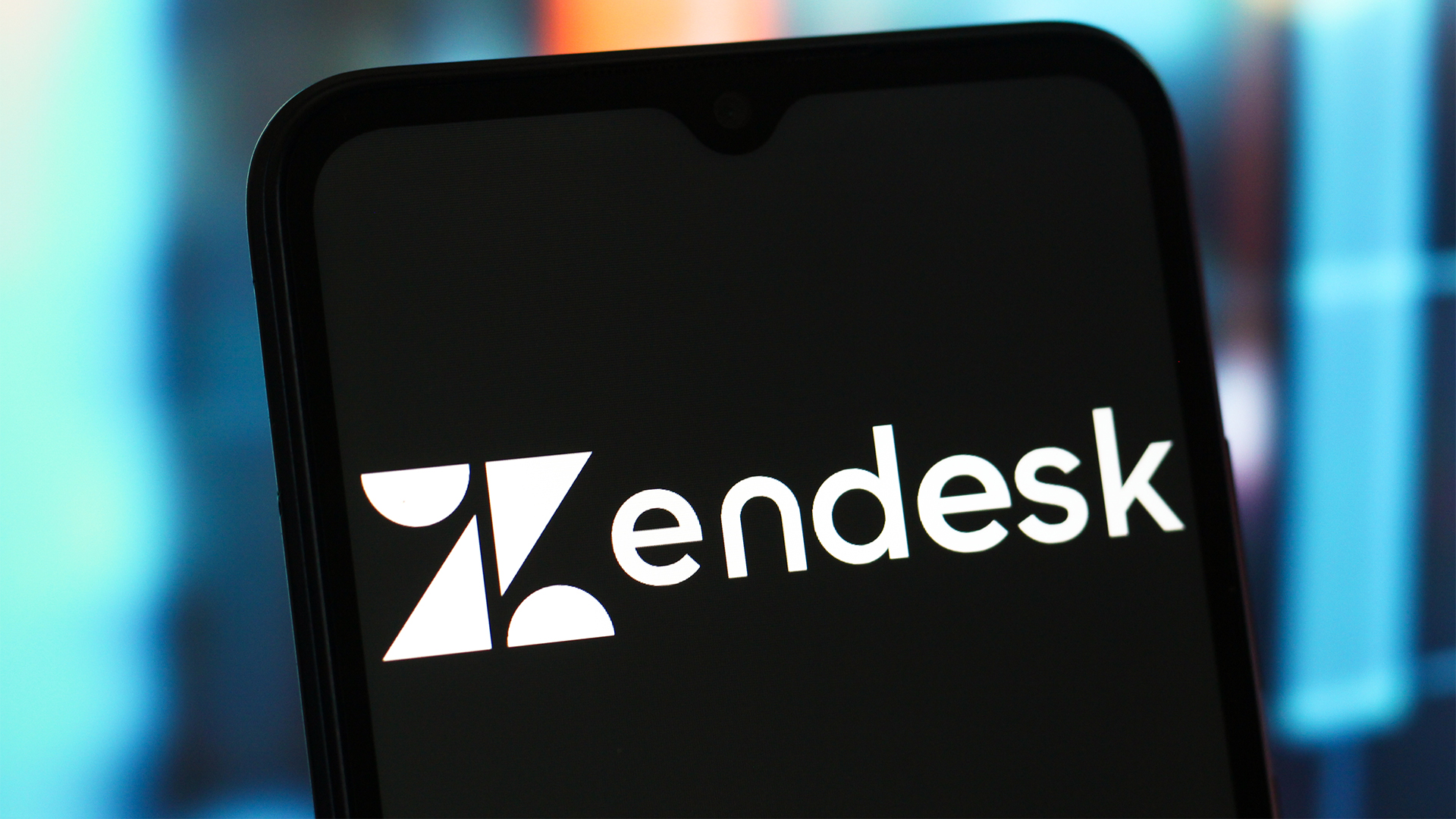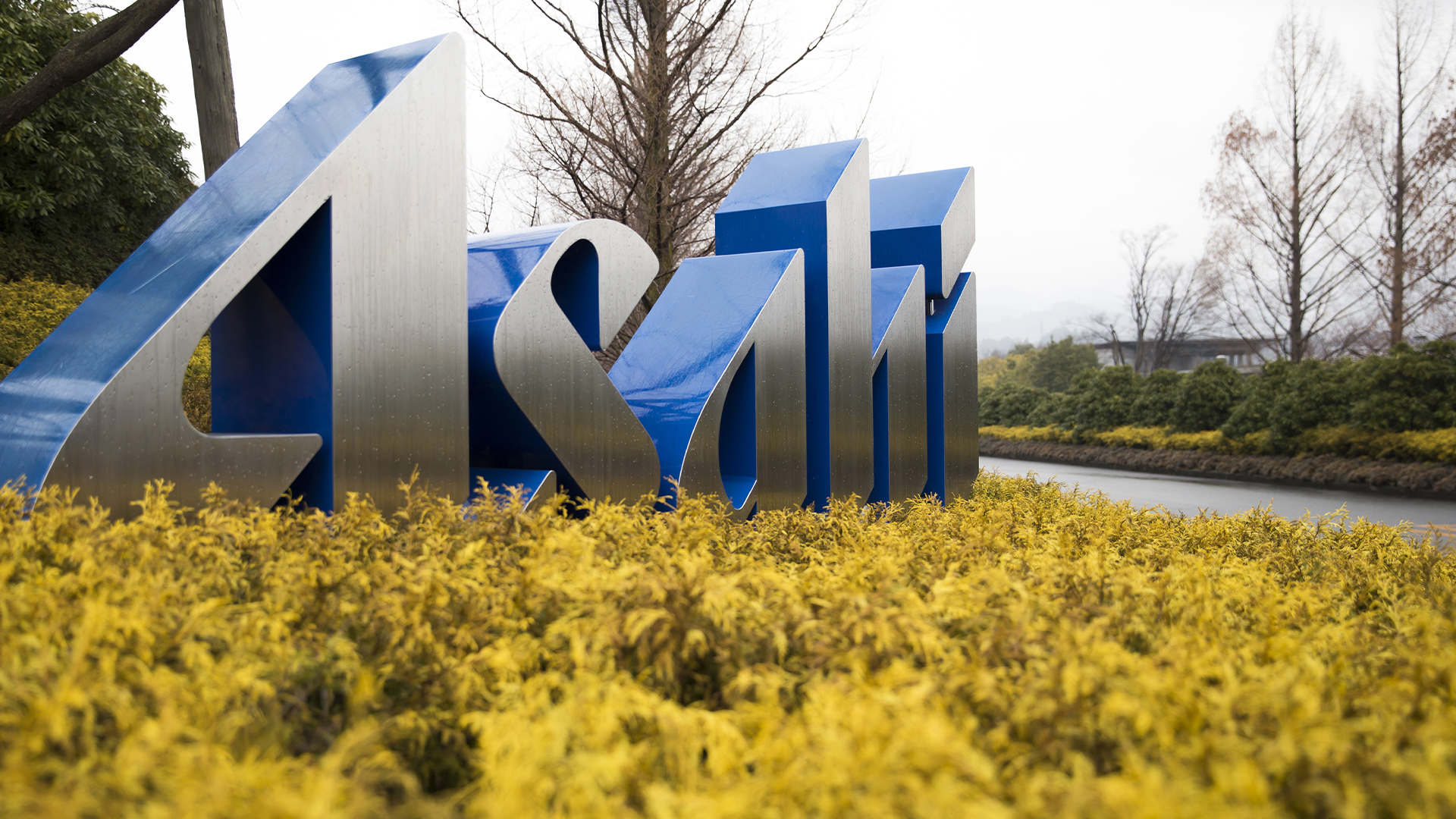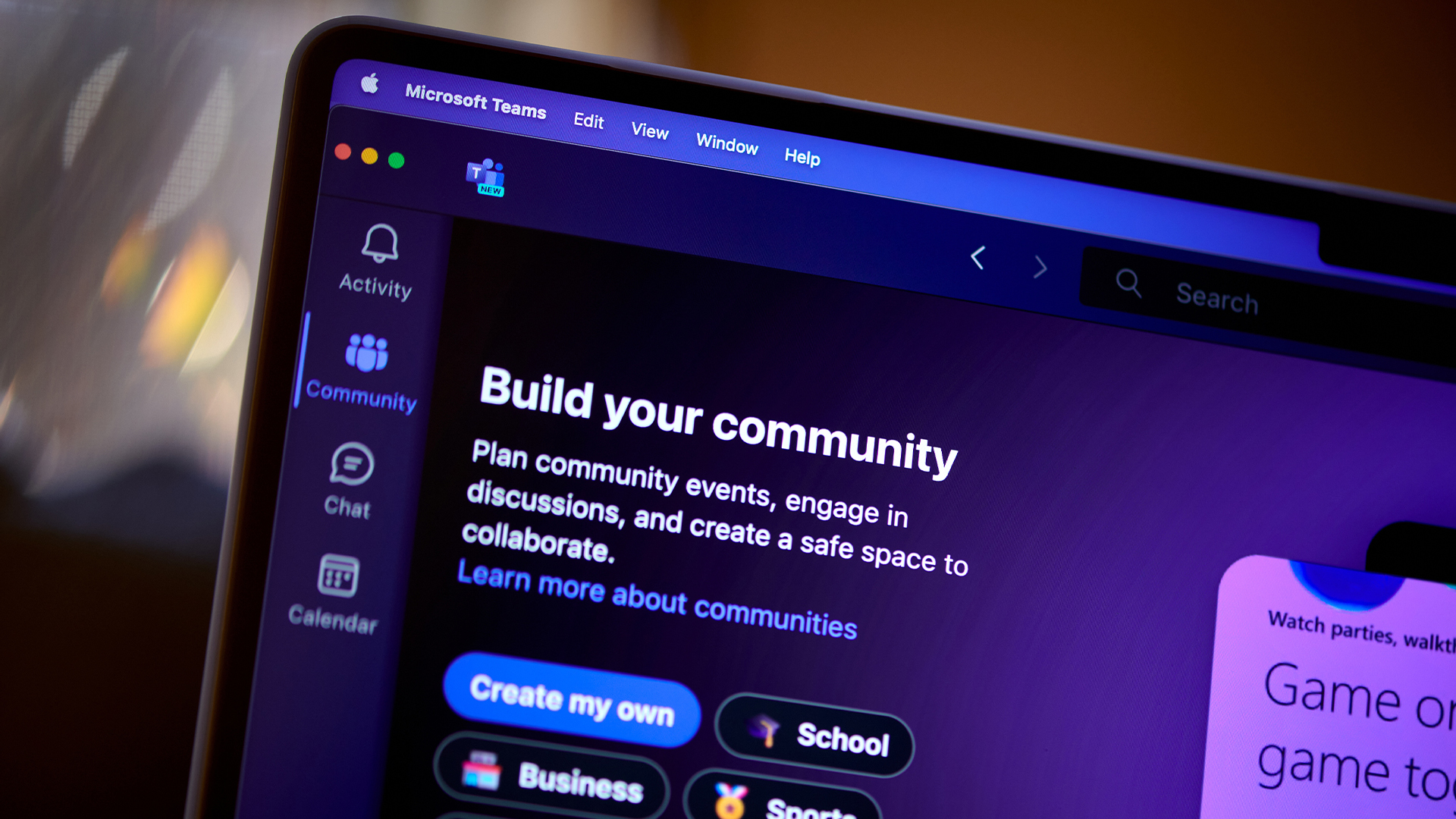Encryption-less ransomware: Warning issued over emerging attack method for threat actors
Researchers at Zscaler have observed a marked increase in the frequency of encryption-less ransomware attacks over the last year


Security researchers have issued a warning over the growing threat of encryption-less ransomware amid a period of evolving threats by sophisticated hacker groups.
Analysis from Zscaler revealed there has been a 40% increase in ransomware attacks over the last year and identified encryption-less ransomware techniques as “one of the most noteworthy trends” now observed among threat actors.
Across the year, 25 new ransomware families were identified using either double extortion or encryption-less techniques, highlighting the growing popularity of this method among cyber criminals.
“In 2021, ThreatLabz observed 19 ransomware families that adopted double or multi-extortion approaches to their cyber attacks. This has since grown to 44 ransomware families observed,” the firm said.
Encryption-less ransomware attacks originally began with groups like Babuk and SnapMC, Zscaler’s study said. However, researchers have observed a host of new groups adopting this method, including RansomHouse, BianLian, and Karakurt.
What is encryption-less ransomware?
Encryption-less ransomware attacks differ in technique from traditional methods, whereby threat actors compromise an organization, encrypt data, and demand a ransom for its recovery on the threat of publicly releasing stolen data.
This technique, also known as ‘extortion-only’ attacks, essentially skips over the process of encryption, Zscaler said, while still maintaining the tactic of threatening to leak victims’ data online if they don’t pay.
Sign up today and you will receive a free copy of our Future Focus 2025 report - the leading guidance on AI, cybersecurity and other IT challenges as per 700+ senior executives
RELATED RESOURCE

In doing this, threat actors are able to skip a laborious part of the attack process - encryption - while still achieving the same overall results and often generating larger profits from an attack.
Developing effective encryptor payloads also requires a level of software engineering expertise that may dissuade cyber criminals from considering ransomware operations.
“This tactic results in faster and larger profits for ransomware gangs by eliminating software development cycles and decryption support,” Zscaler said.
Among the most prolific groups currently employing this attack method is BianLian, according to research from LogPoint.
Analysis of the hacker group’s operations in recent months shows that it has pivoted away from double extortion methods due to the emergence of publicly available decryptor tools, such as those released by Avast.
“Upon the public release of a decryptor from Avast in January 2023, the group resorted to an intensified extortion-only modus operandi, with no system encryption,” the security firm said.
Other groups known to have employed an extortion-only model in recent years include LAPSUS$ and the infamous Cl0p ransomware outfit.
During the GoAnywhere breach, Cl0p deviated from its traditional double extortion tactic and opted for a pure extortion attack.
It was also observed employing the pure extortion method during the MOVEit breach earlier this month which is believed to have affected numerous other organizations in what is the second major supply chain attack of the year.
Hackers ‘flying under the radar’ with encryption-less ransomware
Deepen Desai, global CISO and head of security research at Zscaler, said the growing trend of encryption-less ransomware techniques is enabling threat actors to operate unseen and often with impunity.
“Ransomware authors are increasingly staying under the radar by launching encryption-less attacks which involve large volumes of data exfiltration,” he said.
Although victims are still severely impacted by these attacks and incur significant financial burdens, the technique is often harder to detect and receives less attention from authorities because they do not lock files and systems.
Similarly, this method results in less downtime for affected organizations faced with a lengthy recovery process.
This lesser rate of disruption means that victims are less likely to report incidents, Zscaler warned.
“Encryption-less extortion attacks tend to not disrupt their victims’ business operations - which subsequently results in lower reporting rates.”

Ross Kelly is ITPro's News & Analysis Editor, responsible for leading the brand's news output and in-depth reporting on the latest stories from across the business technology landscape. Ross was previously a Staff Writer, during which time he developed a keen interest in cyber security, business leadership, and emerging technologies.
He graduated from Edinburgh Napier University in 2016 with a BA (Hons) in Journalism, and joined ITPro in 2022 after four years working in technology conference research.
For news pitches, you can contact Ross at ross.kelly@futurenet.com, or on Twitter and LinkedIn.
-
 Google CEO Sundar Pichai says vibe coding has made software development ‘exciting again’
Google CEO Sundar Pichai says vibe coding has made software development ‘exciting again’News Google CEO Sundar Pichai claims software development has become “exciting again” since the rise of vibe coding, but some devs are still on the fence about using AI to code.
-
 15-year-old revealed as key player in Scattered LAPSUS$ Hunters
15-year-old revealed as key player in Scattered LAPSUS$ HuntersNews 'Rey' says he's trying to leave Scattered LAPSUS$ Hunters and is prepared to cooperate with law enforcement
-
 15-year-old revealed as key player in Scattered LAPSUS$ Hunters
15-year-old revealed as key player in Scattered LAPSUS$ HuntersNews 'Rey' says he's trying to leave Scattered LAPSUS$ Hunters and is prepared to cooperate with law enforcement
-
 The Scattered Lapsus$ Hunters group is targeting Zendesk customers – here’s what you need to know
The Scattered Lapsus$ Hunters group is targeting Zendesk customers – here’s what you need to knowNews The group appears to be infecting support and help-desk personnel with remote access trojans and other forms of malware
-
 Impact of Asahi cyber attack laid bare as company confirms 1.5 million customers exposed
Impact of Asahi cyber attack laid bare as company confirms 1.5 million customers exposedNews No ransom has been paid, said president and group CEO Atsushi Katsuki, and the company is restoring its systems
-
 The US, UK, and Australia just imposed sanctions on a Russian cyber crime group – 'we are exposing their dark networks and going after those responsible'
The US, UK, and Australia just imposed sanctions on a Russian cyber crime group – 'we are exposing their dark networks and going after those responsible'News Media Land offers 'bulletproof' hosting services used for ransomware and DDoS attacks around the world
-
 A notorious ransomware group is spreading fake Microsoft Teams ads to snare victims
A notorious ransomware group is spreading fake Microsoft Teams ads to snare victimsNews The Rhysida ransomware group is leveraging Trusted Signing from Microsoft to lend plausibility to its activities
-
 Volkswagen confirms security ‘incident’ amid ransomware breach claims
Volkswagen confirms security ‘incident’ amid ransomware breach claimsNews Volkswagen has confirmed a security "incident" has occurred, but insists no IT systems have been compromised.
-
 The number of ransomware groups rockets as new, smaller players emerge
The number of ransomware groups rockets as new, smaller players emergeNews The good news is that the number of victims remains steady
-
 Teens arrested over nursery chain Kido hack
Teens arrested over nursery chain Kido hacknews The ransom attack caused widespread shock when the hackers published children's personal data